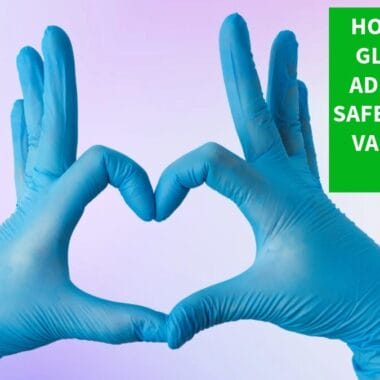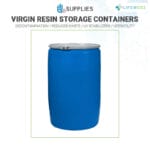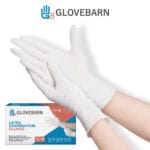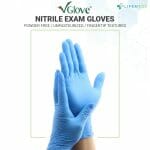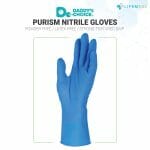What are PPE Performance Standards?
PPE Performance Standards are specific guidelines and criteria established to ensure that personal protective equipment (PPE) provides adequate protection against workplace hazards. These standards define the minimum requirements for the design, construction, performance, and testing of PPE to ensure it functions effectively in protecting workers from specific risks, such as chemical exposure, heat, impact, or biological agents. PPE performance standards are set by regulatory bodies such as OSHA (Occupational Safety and Health Administration), ANSI (American National Standards Institute), and NIOSH (National Institute for Occupational Safety and Health), among others, and apply to a wide range of protective equipment, including gloves, helmets, respirators, and safety goggles.
These standards ensure that PPE can perform its protective functions under the conditions in which it will be used, providing assurance to both employers and employees that the equipment meets safety regulations.
Importance of PPE Performance Standards in the Enterprise Environment
In industries where workers are exposed to various hazards, PPE performance standards play a critical role in ensuring that protective equipment is reliable and effective. These standards help enterprises select PPE that is suitable for specific hazards, whether it involves chemical exposure, mechanical risks, or environmental conditions. By adhering to PPE performance standards, businesses can significantly reduce the risk of accidents and injuries, protecting both their workforce and their operations.
For enterprises, compliance with PPE performance standards is also necessary to meet regulatory requirements and avoid penalties. OSHA and other regulatory bodies mandate that businesses provide their employees with PPE that meets established performance standards to ensure workplace safety. Failure to comply can lead to legal consequences, fines, and reputational damage.
PPE performance standards also provide a benchmark for manufacturers, guiding them in the development of high-quality, reliable protective equipment. This helps enterprises make informed purchasing decisions and trust that the PPE they provide to their employees meets the highest safety standards.
Key PPE Performance Standards
1. ANSI/ISEA Z87.1 (Eye Protection)
- Purpose: Defines performance criteria for safety glasses and face shields.
- Application: Ensures protection from impacts, chemicals, and radiation in industries like construction and manufacturing.
2. OSHA 29 CFR 1910.134 (Respiratory Protection)
- Purpose: Establishes standards for respirator fit, use, and performance.
- Application: Commonly used in industries dealing with hazardous airborne contaminants.
3. ASTM F2413 (Foot Protection)
- Purpose: Specifies performance requirements for safety footwear, including resistance to impact, compression, and puncture.
- Application: Used in construction, manufacturing, and industrial environments.
Managing PPE Performance Standards with Enterprise Software
Enterprise software can help organizations manage compliance with PPE performance standards by automating processes such as compliance tracking, inventory management, and reporting. Key features include:
- Compliance Monitoring: Track PPE performance to ensure it meets OSHA, ANSI, and other regulatory standards.
- Inventory Management: Monitor PPE stock to ensure that all protective equipment is up to standard and ready for use.
- Automated Reporting: Generate compliance reports for audits and inspections to ensure regulatory adherence.
Conclusion
PPE Performance Standards are critical for ensuring that personal protective equipment provides effective protection in hazardous environments. By adhering to these standards, enterprises can safeguard their workforce, comply with regulatory requirements, and reduce the risk of workplace accidents. Managing PPE performance standards through enterprise software ensures compliance, optimizes inventory, and streamlines reporting, contributing to a safer and more efficient workplace.
« Back to Glossary Index


